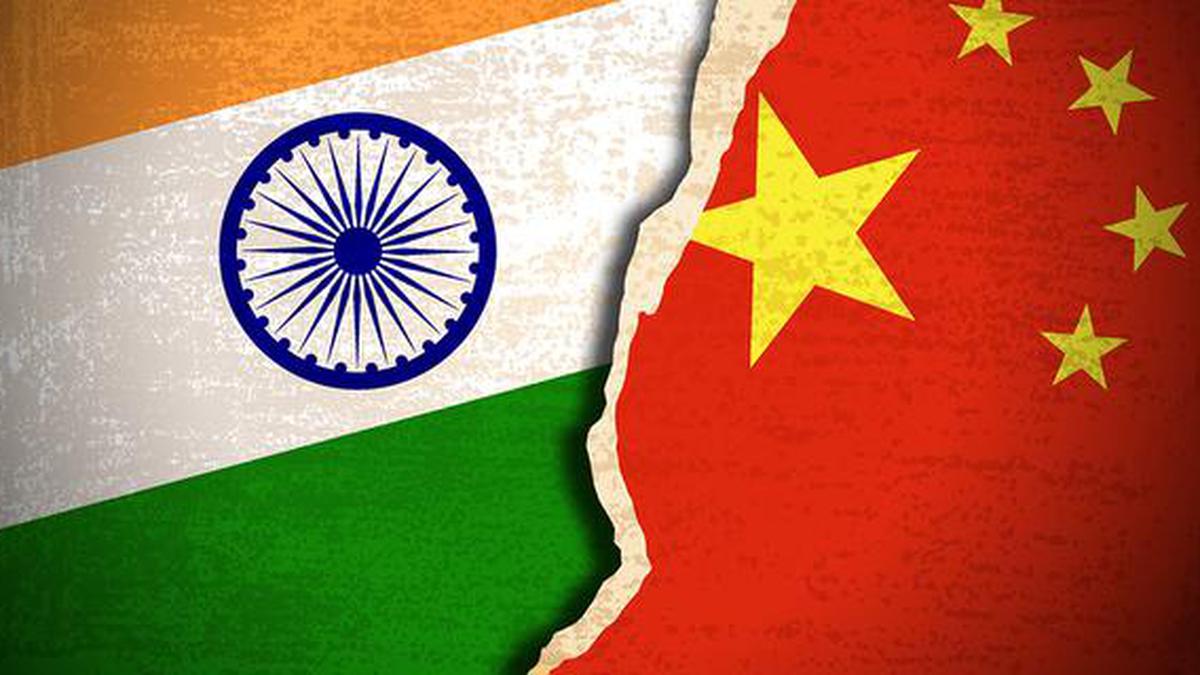In our country where slogans of Make in India flood the internet and government offices, the import-export statistics bring forward a bitter truth. Growing import of goods such as umbrellas, toys, musical instruments, and certain fabrics are stabbing the Indian MSME market. This is because our local producers too manufacture these products for the market but are faced with stiff competition from imported goods from China.
According to reports, between January 2024 to June 2024, India exported goods worth $8.5 billion. On the other hand, the import value stood at $50.4 billion – A trade deficit of a startling $41.9 billion! India’s major dependence is on China for importing critical industrial products. A staggering 29.8 percent of imports are from China into our nation. This can only be combated with India’s consistent effort at building deep manufacturing units, suggested Ajay Srivastava (Founder, of Global Trade Research Initiative).
Cheaper Chinese Goods
Ajay Srivastava also pointed out that such a huge quantity of imports from China further enables them to sell them at cheaper prices. Such prices are hard for Indian MSMEs to match or compete and hence it makes their struggle even worse. There have been multiple such MSMEs over the last few years that have shut down or have cut down their operations. This is only because imported goods have replaced their demand in the market and they are making losses. Such trade deficit and over-reliance on Chinese imported goods are also significantly hindering the growth of the market. The lack of job creation and the economic prosperity of a country are correlated. However, when imports take up the market majority, it makes it difficult for local producers to find their foot in the market.
GTRI Data
According to the GTRI data analysis, China supplies 95.8 percent of India’s umbrellas and 91.9 percent of artificial flowers and human hair articles. Other than this, in glassware, the share of Chinese imports stands at 59.7 percent, in toys 52.5 percent, and around 54.3 percent in leather articles that include saddlers and handbags.
The alarming part in the data comes here- For decades, Indian artisans were known to be the best for ceramic and musical instruments. However, according to recent data, Chinese imports have hovered around 51.4 percent of Ceramic products and 51.2 percent of the Musical instruments market in India. The dominance of Chinese imports is leading to a complete washout of Indian high-quality local artisans from the global as well as local markets.
In the period between January and June 2024, 41 percent of India’s silk imports are from China. Other than these, a sudden influx of Chinese stone products, carpets, and rugs is also disrupting the Indian handicraft industry.
To foster India’s economic progress and independence, it is important to put a cap on such a high quantity of imports from China. When local producers will achieve financial freedom, India’s market share in terms of exports will start improving. Deep manufacturing along with government-boosted initiatives are required to ensure that the import-export ratio looks better than they do at this point in time for India.




